
Six different inspections
There are six different inspections to be performed on the bushings of the power transformer:
- Routine inspection
- Regular inspection (Once every two years)
- Inspection due to excessive partial heatings
- Local damages inspection (fissures) on the bushings
- Inspection for oil leaks
- Storage
1. Routine inspection
Excessive local heating
Pay attention to the clamping section of the terminals. It is convenient to paint this section with heat indicating paint.
Pollution
When there is much dust and salt, a clean up must be performed and to do so, the transformer must be place out of service and use water, ammonia or carbon tetrachloride. If they are very dirty, use concentrated hydrochloric acid diluted 40 or more times in water.
The solution should not be in contact with any metallic part; after the cleaning the porcelain parts, these must be neutralized with water that contains sodium bicarbonate in a proportion of 30 grams by liter.
As long as it uses a chemical solution, make sure of washing it after with fresh water, so that no strange elements are left.
In any case, it must be verified the degree of dust and salt, the quality of the water to wash and the method of waterproofing when the cleaning is done.
Mechanical damages
Check if there are any damages or oil leaks in the bushings.
2. Regular inspection (Once every two years)
Evaluation of the deterioration of the insulation
The methods to detect the deterioration of the insulation are the measurement of the insulation resistance and tan ∆.
The measurement of the tan ∆ is also difficult, since the bushings should be separated from the transformer in most cases. The evaluation of the result of the measurement should not depend solely on the absolute values obtained, but on the values obtained each year and from the variation among them. If there are large discrepancies in the values, special attention is necessary.
When the insulation resistance is superior to 1000 MΩ at normal temperatures, it can be considered as good condition, but the value of the tan also must be taken into consideration for the evaluation.
3. Inspection due to excessive partial heatings
The excessive heating of the terminals in most cases is due to loosening. If this condition is observed, eliminate the dust or dirt from the parts from contact and tighten firmly.
4. Local damages inspection (fissures) on the bushings
The cleaning of the bushings must be done according to what was mentioned. If the damages are very serious it must be replaced with new ones.
5. Inspection for oil leaks
Check the various pieces of the bushings to see if there is any oil leaks. If oil is leaking through the gasket, tighten it or replace it. If there are bushings of immersed in oil type and the oil leak is through other part of the bushing, report it to the manufacturer.
6. Storage
Keep the bushings in a vertical position and in a dry place. It is recommended to keep them in their original packaging.
Reference: Operation and Maintenance for Power Transformers – ABB


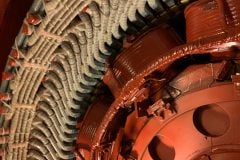
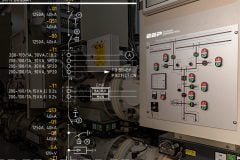
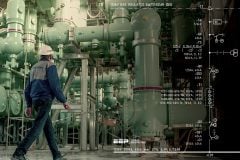
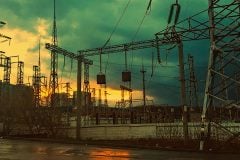
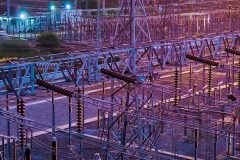




It was very informative to know that loosening is one of the causes of excessive heating in a transformer equipment. My father recently opened a home depot establishment in town, and he’s looking for relevant equipment for the business. That being said, I’ll make sure to help him find the best transformer suppliers near our area.
It made sense to me when you said that transformers should be inspected once every two years, and the measurement of the insulation resistance must be made the best possible way. This reminded me of manufacturing companies where transformers must always work efficiently and safely. I could imagine how necessary it is for maintenance checks to be done regularly to remedy issues that could possibly cause downtime on operations.
How to prevent the bushings from wetness
how to calculate no. of earth electrodes in a substation 11kv/440v three phase 500 kva transformer two nos.
MY DEAR EDVARD SIR,
PL GIVE THE ALLOWABLE GAP OF ROD TYPE LIGHTINING arrestors provided across various bushings under various voltages 250v ac, 440v ac, 11kv ac, 33 kv ac, 25 kv ac and how to calculate the gap with respect to voltage and rating of transformer etc.,
Hello edvard
I join as a chief engineer in a textile company . I found there installed two transformers of 3000 kva each 11kv to 440 volt. . While total sanction load is only 3000 kva. And only aprox 1200 kva running load on each transformer , which is 40 % of transformer capacity. So I wants help to know that is ok or not ok ? And what is losses and how much energy losses ? Because utilisation is less then 85 % .
GOOD TIPS, THANKS EDVARD.
hello edvard
Could you explain how to do the routine inspection
Did you mean to use with the Thermal device?
can you tell me more about all inspections?
Especially about tan ∆
that’s good but plz add pics!!!